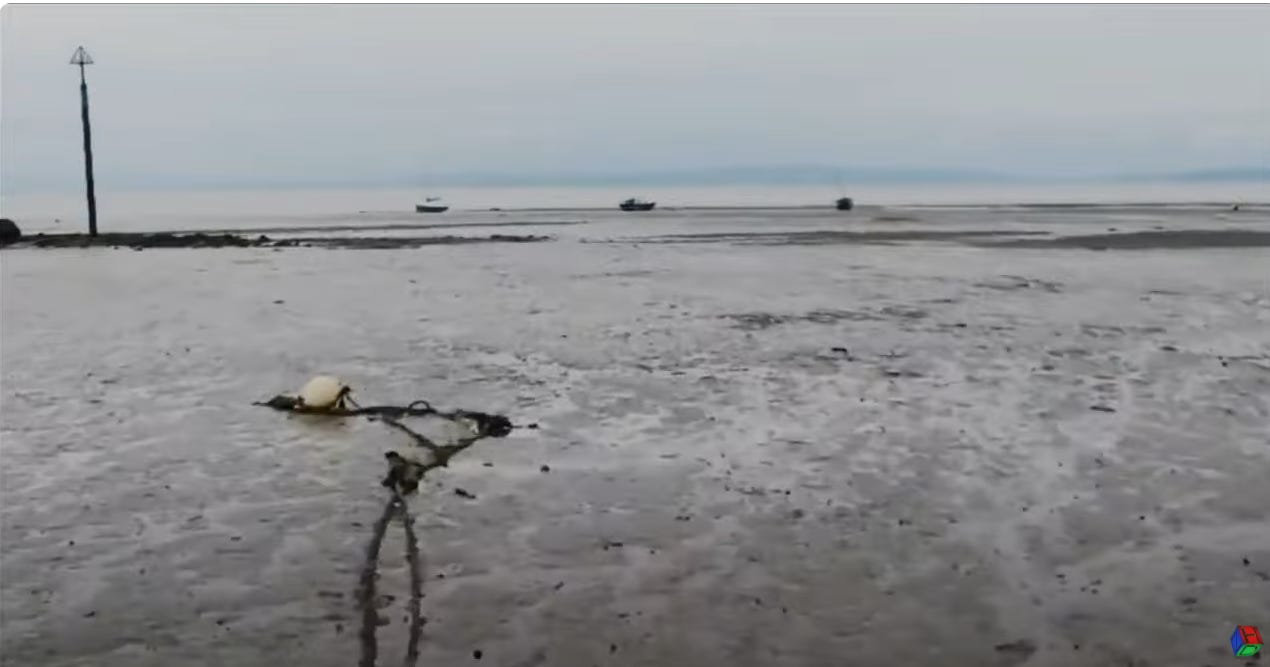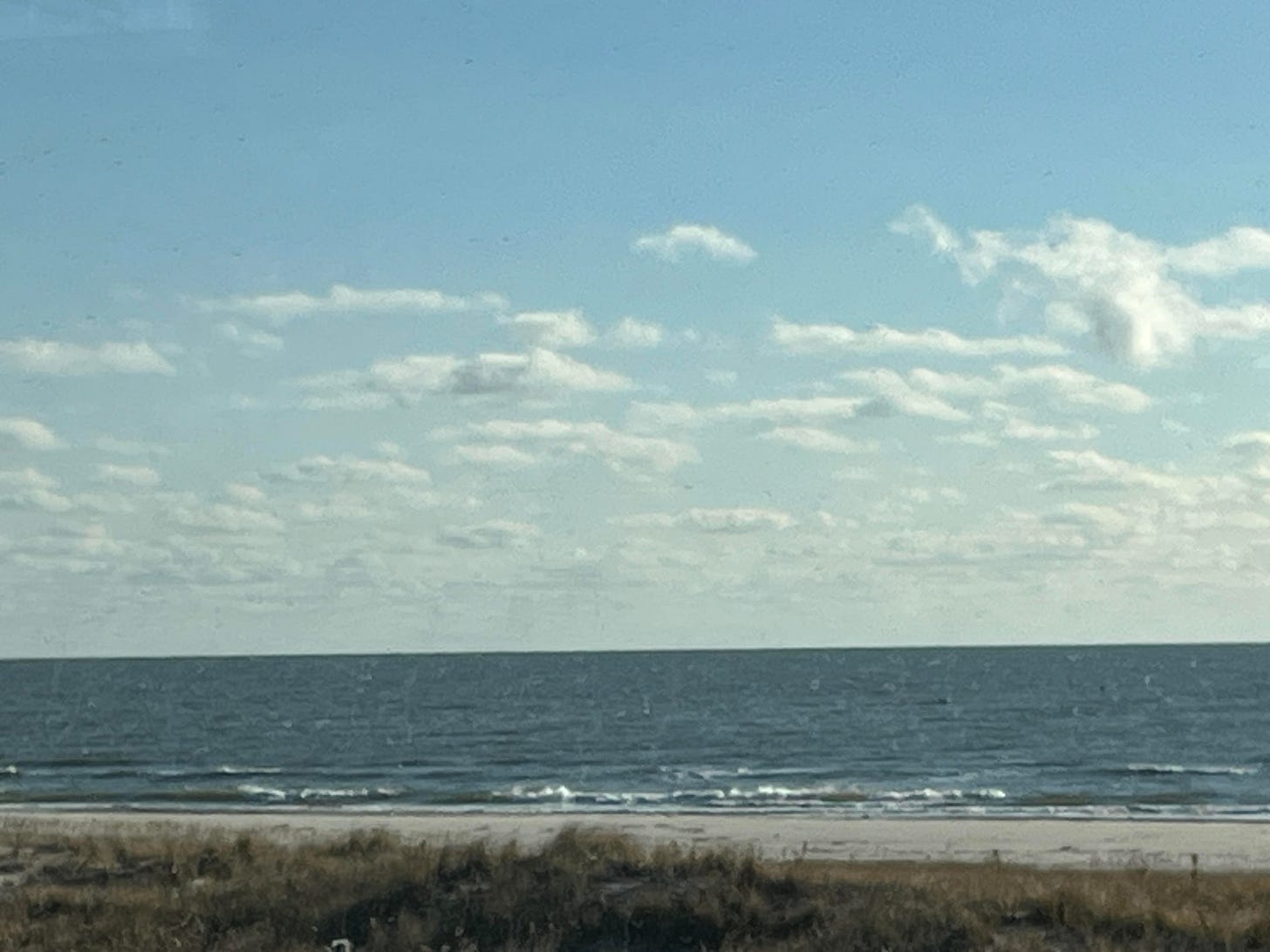There’s a kind of social media page/sub/account/whatever-X-is-calling-it wherein some (I presume) old white guys (like me, but not all….!) post hyper-realistic art with some prose about how this here is the epitome of art, and no one else is making it like this now cuz all the Youngs are eating avocado toast and crying. Like this (the art, not the commentary):
I think there’s a kind of unspoken comparison to abstract art, like representation is always better than abstraction; a kind of suspicion that elitist intellectual shits are laughing at people who like artists who can torment marble into kitsch. I have struggled to come up with reasons why this is so wrong. I kind of like kitsch, for one thing, or at least kitsch as good as the piece above. And I kind of do think elitist intellectual shits are laughing at people like me who appreciate art like that.
But I also like abstract art, most of it, and I’d like to have some way to talk to people who think that way. At least in theory.
So let’s start with some BBC cinematography that appears to be in vogue these past few years, that I noticed in the opening credits of several of the detective shows Marta and I like.
This is from the Bay intro from a couple of years ago, a still from some video of Morecambe Bay in Lancashire (the North of England). This is representational - it’s a photo of the seaside - but the visual information is sparing and obscure. You maybe strain for a minute with the image out of context before the cues fall into place. This is essentially an abstraction.
Now compare:
Mark Rothko, No. 5/No.24, from the MoMa website, link here.
See where I’m going here? Both of those images are beautiful,1 in a similar way. and both try to “say” stuff about beauty that is also similar. To me, the beauty is of minimalism, and the TV team/camera folk(s) who took the shot in the Bay and Rothko are getting at the same thing, austerity, simplicity, asceticism. Less is more.
The about beauty part has more nuance. Rothko here, selecting the medium, the palette, composition etc. is more self-consciously asserting an aesthetic preference. This is beauty, he is perhaps saying, or more likely, is this beauty?
The TV shot has a narrative meaning on top of the aesthetic choice; the Bay of the title refers to the location of the shot, and the shot conveys some information in the universe of seasides. This one is not busy; the image, indeed, is less “busy” in the graphic design sense, than the Rothko,2 but also not busy in that it’s not crowded with tourists, a fishing fleet, or a cargo operation. Is the community attached to the seaside economically depressed? Could be. Are the beleaguered former fisherfolk meeting adversity with stoicism and humorous grit? Mayhap. Are they taciturn? Unh.
But, the image itself is beautiful apart from the cultural freight we make it bear.
Similarly, this, a shot of an Atlantic beach (could be Gulf of, ahem, Mexico). A simple palette, bands of color … Where have I? … Oh yeah!
Rothko, “Red, Brown, and Black”, from MOMA website.3
There is also a kind of Golden Age-ism about abstraction, the idea that it is only modern, a sign of the effete decadence of this irredeemably soiled age. Except it turns out that abstraction is quite old.
From Wikipedia: “Cueva de las Manos, Perito Moreno, Argentina. The art in the cave is dated between 7,300 BC and 700 AD; stenciled, mostly left hands are shown.”
I guess what I’m trying to say is, I feel like art is about seeing, and humans are about seeing patterns; humans have recognized natural patterns for a long time, and have recorded their appreciation of the same for a long time.
I realize this isn’t new ground, but I wanted to get it off my chest.
And from here on out I’m just calling it like I see it. I realize that beauty is both a cultural construct, and a vicious, racist, misogynistic battlefield online. I have a broad definition of beauty that I don’t feel like quantifying here.
“less busy than the Rothko” is not something one gets to type every day.
Note the Oxford comma, which makes me wonder if Rothko used it or MOMA made a fraught grammatical decision, which makes me wonder if Russian (or Latvian?) has the Oxford (St. Petersburg (Leningrad?)) comma …










Thanks for the thoughtful, artful musings.
Check out Richard Diebenkorn’s Ocean Park series to compare with that second beach photo!